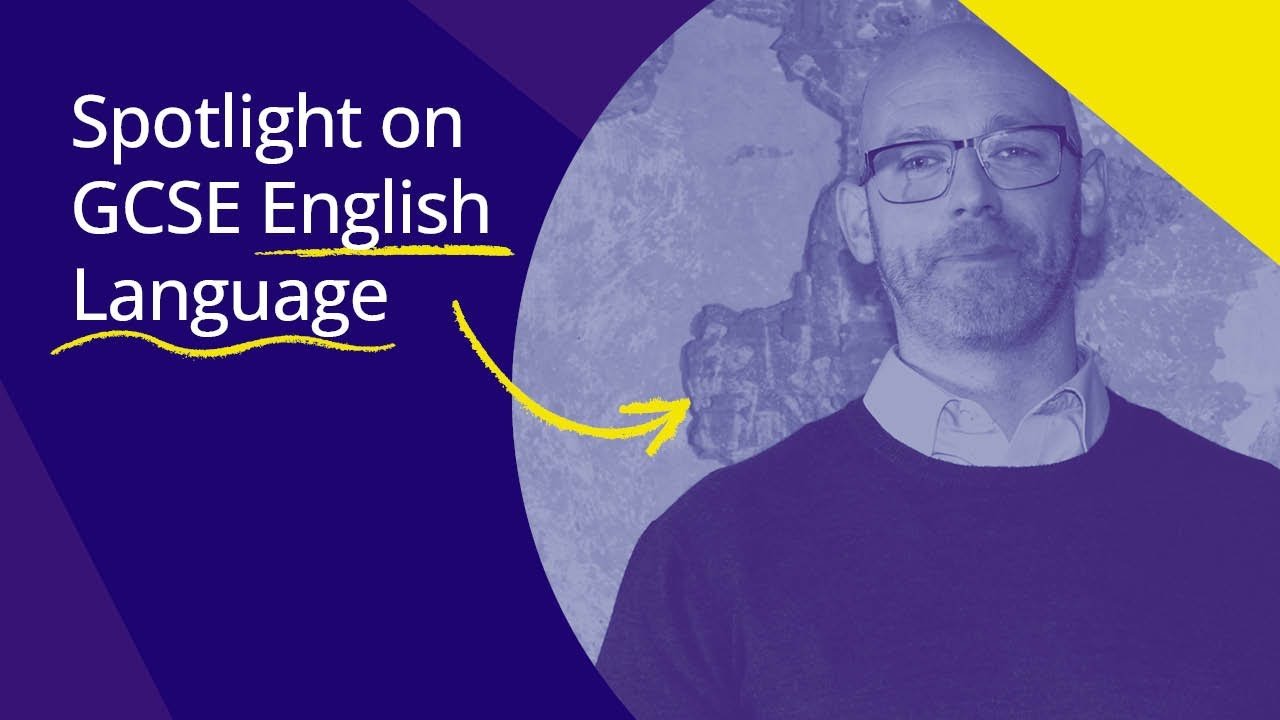Thus, the cards face down: The GCSE in English Language is not my favorite. It doesn’t, in my opinion, do a very good job of evaluating English language proficiency. Although it doesn’t examine the domain it is supposed to, I believe it does an excellent job of evaluating students’ knowledge of other topics, including surf boards.
For GCSE English tutor, this poses a significant challenge. It makes teaching English language extremely challenging. Why? Since there isn’t really much to teach in a true sense. The English Language GCSE does not have a knowledge domain associated with it, thus teachers do not need to stand up in front of the class to teach it. I have a suspicion that the specification’s creator really believed that “English is a skills-based subject.” Because of this, it’s difficult to prepare pupils for English Language because the GCSE is structured as though it were. Rather of evaluating past information that falls under the English language discipline, the GCSE evaluates prior knowledge that cannot be predicted or taught.
How can we resolve this situation? In what way can we instruct an exam that is almost unteachable? My aim was to devise a system that was very focused, gradually increasing the level of difficulty until I reached the desired results, and develop the necessary abilities in a methodical manner. a more detailed strategy. However, I also wanted to figure out how to take back the English language discipline as it could be found in an A Level or university setting. This is what I’ve completed.

Breaking Accessible GCSE English Language
I decided to start teaching English language classes differently when I started to reconsider the assumption that students would create entire exam-style replies, even when they were scaffolder and modelled. Rather, I aimed to dissect the GCSE, identify the essential components of every question, devise methods for honing this skill, and subsequently progress towards the complete question. My goal was to provide a foundation that would enable students to interact with a wide range of rich and varied fiction and non-fiction texts much more meaningfully while still clearly addressing the exam-specific abilities.
However, how would this seem in practice? And what relevance would it have to my work in the classroom? I began to create a guidebook that aimed to achieve this precise goal, going through several iterations and revisions while always attempting to be as specific as I could.
Therefore, although the same concepts have been used for all Language GCSE questions, below are some samples of how this appears for Paper 1, Question 2. In order to place the work, we are going to do within the framework of the exam they will ultimately take, I start by introducing the students to the question as a whole. This looks like this: I start by outlining the format of the question and then I introduce the Big Question for that particular question. This aids in giving the several jobs we’ll perform a conceptual hook and a common thread.

After we’ve completed this together, I’ll explain to them that our preparation strategy will involve dissecting the question into its most basic components and going over each one individually before developing a comprehensive answer. Thus, Task 1 is as follows:
Starting from the idea that I wanted to dissect each question into its component parts and practice those, I thought about what Question 2 is really testing. The capacity of the learner to investigate particular language usage and how it affects the reader. So, I reasoned, let’s start with the most fundamental component: the word.
By asking them to analyze why a particular word would have been chosen by the writer and the effect it has in the context of the provided image, Task 1 aims to enable students to think about meaning and effect at the level of a single word.
While it is true that these fundamentals would have been thoroughly reviewed and clearly taught at KS3, it is still beneficial to review and refresh the material and identify any potential knowledge gaps. Before continuing, I might add one or two additional tasks of this kind.
In passing, you might recognize the picture as the front of a later textual analysis I want to do with the class. It is from the movie Dr. Jekyll and Mr. Hyde.
Moving on to a few more tasks, but keeping Question 2, here is how Task 4 looks like:
By now, students should have had the chance to exercise word analysis, considering factors such as specific effect they elicit and possible reasons for word choice. Now, as Task 4 aims to do, I wanted to consider how different words interact with one another to create an accumulative impact inside an overall image. However, I wanted to remember the general ethos of keeping a granular approach, so I underlined several phrases to provide a hint as to where they should focus their interpretive attention. This offers us a terrific opportunity to take a moment to reflect on what we mean when we talk of rich or dense visuals—what I refer to as “dive able images.” Students should try to truly probe into and be wan to the pictures.

Now that they have had this conversation, we go on to Task 5:
This is your chance to consider how the author uses language to convey meaning across the full excerpt and how words and visuals work together to produce impact. However, pupils will come to this having previously considered and practiced the required abilities. Which photos are dive able? Why this term instead of that one? How are the pictures and text combined? However, I want to avoid rushing things, so I ask them to choose just two dive able photos and explicitly state that I am considering them. I advise them that talking about fewer photos and saying more than one thing about them is the key.












